Home » Products & Solutions » Energy Products » Heat Machine
HEAT MACHINE
Heat Machines apply the Heat Recovery principles to capture & use the heat which otherwise will be wasted to the atmosphere.
heat recovery in hvac
Air-conditioning systems transfer heat from one location to another; amount of wasted heat can be 25% more than the cooling that the process creates.
Efficient implementation can lead to reduced energy consumption, lower greenhouse gas generation, and increased LEED® certification points
Building Heat: Understanding Loads
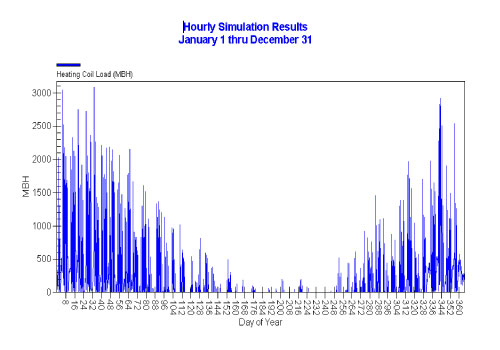
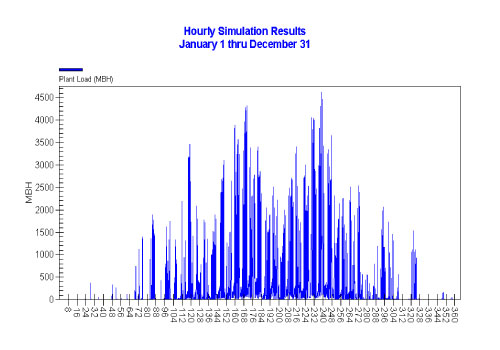
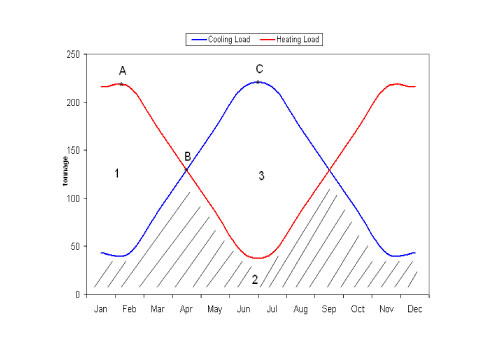
chilled water hvac system
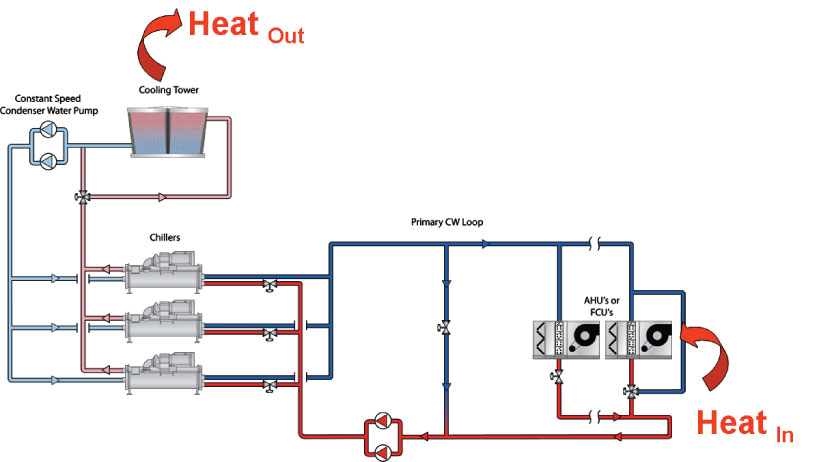
The current ASHRAE 90.1-2007 Energy Standard Section § 6.5.6.2 Heat Recovery for Service Water Heating requires heat recovery from the condenser side of water-cooled systems for preheating service hot water in large 24-hour facilities.
Caution: elevating the Leaving Condenser Water Temperature (LCWT) will increase the chiller lift, reduce the chiller efficiency & increase the chiller plant energy consumption.
Projects seeking to maximize LEED-NC EAc1 certification should apply heat recovery using a method that minimizes building energy consumption.
One way to minimize the “wasted” heat is to divert it to a device that can capture the heat and convert it into a useful heat source – Heat Reclaim Chiller (complimentary cooling in parallel to the main set of chillers, ensuring consistent supply of hot water)
Single Bundle Heat Reclaim Chiller & Double Bundle Heat Reclaim Chiller with Full Condensing Heat Exchanger (can produce water temperatures up to 135 F plus provide full refrigerant condensing through the second heat exchanger bundle)
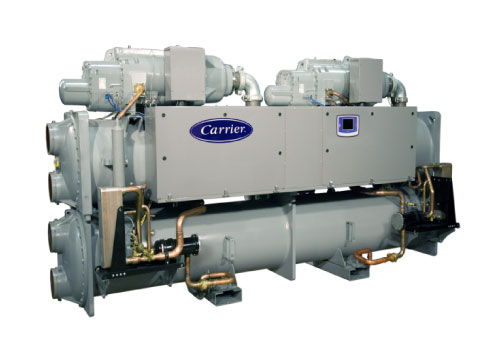
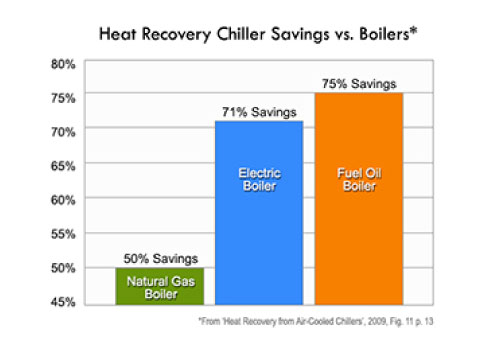
heat pump
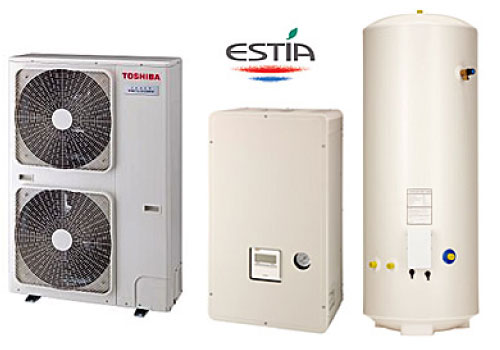
All-in-one system designed to deliver the right temperature for space heating, for domestic sanitary hot water & with the additional advantage of offering air-conditioning in the warmer seasons.Air-to-water heat pumps are Renewable Energy technology compared to heating systems dependent on fossil fuel or non-efficient electrical heating with high CO2 emission.Uses the heat energy in the outside air, and moves heat instead of generating heat, meaning greater energy efficiency.
